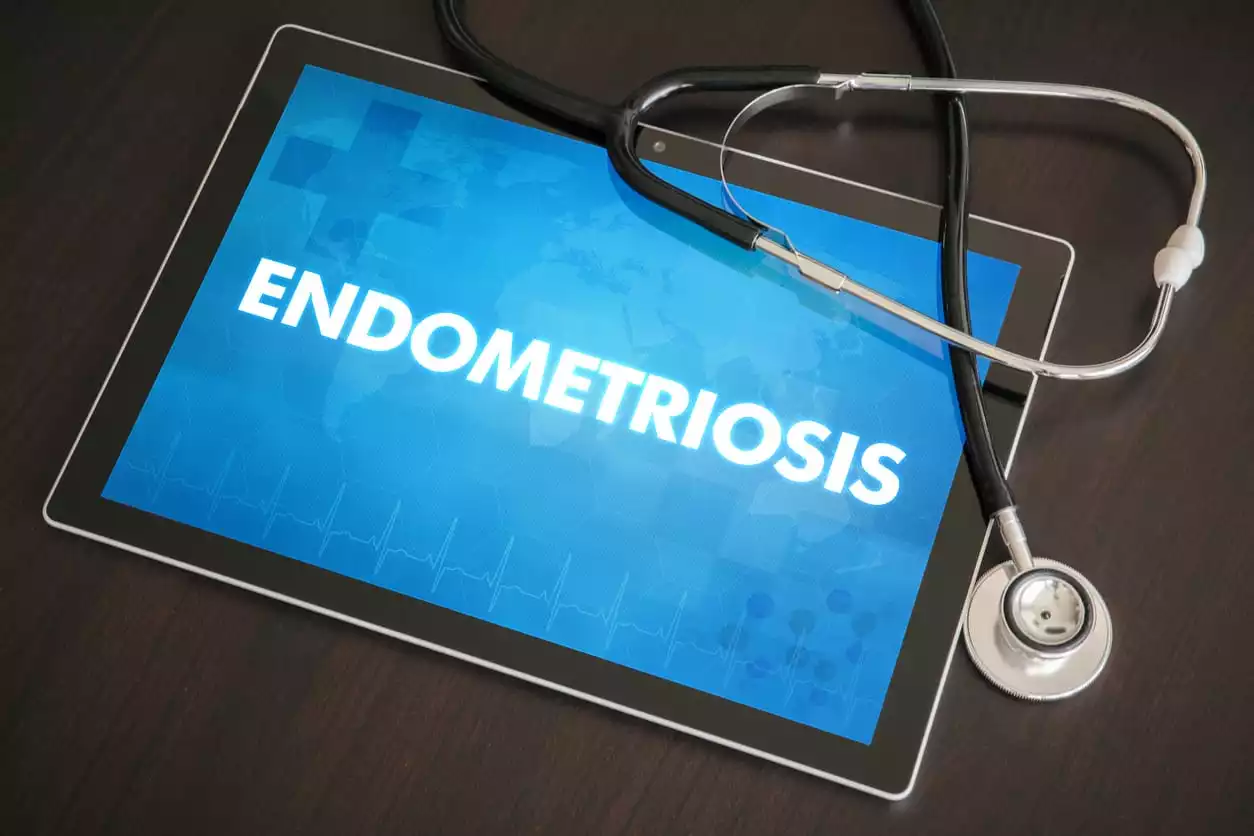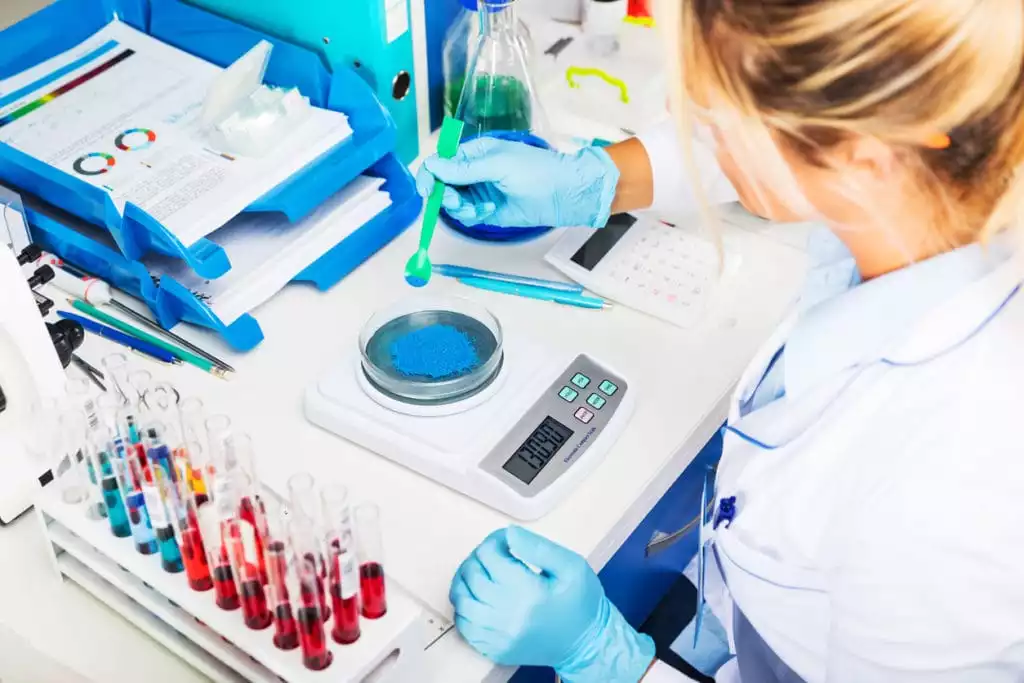
March is National Endometriosis Awareness Month. Experts estimate that nearly one in 10 women will experience Endometriosis throughout her life. Given that approximately 157 million women call the United States home, that means 15.7 million women struggle with this debilitating disease.
When Endometriosis strikes, it often begins silently. Most women aren’t even diagnosed until the condition becomes so advanced it begins to interfere with everyday life or interrupt fertility. Ongoing research seeks to find a solution to this problem by easing early detection – something that can prevent it from becoming severe in the first place.
In honor of National Endometriosis Awareness Month, we want to help you better understand this disease and how it impacts women. We’ll start by teaching you exactly what Endometriosis is, including its symptoms and treatments, and then end with a treatment option many women find remarkably effective.
National Endometriosis Awareness Month
This Endometriosis Awareness Month, we strive to provide as much information as possible about the condition. We’ll focus on three main aspects:
- What is endometriosis?
- What causes it?
- How do you know if you have it?
- What treatment options are available
- How can you help?
With this information, you can move forward, even if you are one of the 15.7 million women struggling from this disease. You can move forward and make better decisions regarding your treatment, and help other women as well.
What Is Endometriosis?
Endometriosis is a painful and chronic condition involving the endometrial lining of the womb. Normally, this endometrial lining builds up each month in preparation for pregnancy until the ovaries release an egg. If the egg isn’t fertilized, the endometrial lining sheds – this is what causes menstruation.
In Endometriosis, that process is interrupted. Instead of shedding the lining the womb each month, endometrial tissues spread outside of the body, often through the fallopian tubes and ovaries. Once they exit the womb, they attach to localized tissues and grow into lesions, fibroids, and even highly infiltrating growths.
When endometrial tissue grows outside of the womb, it can cause a long list of problems for the sufferer. Like the lining of the womb, it responds to hormone levels by “shedding” into the body during every period. It can also cause cramping, pain, and other localized menstruation symptoms wherever it develops.
What Causes Endometriosis?
Experts aren’t yet sure exactly what causes Endometriosis, but we do have a few clues. Studies have identified a causal link between high levels of estrogen and the development and worsening of Endometriosis. This is probably why the condition predominantly affects women of childbearing age.
Researchers also believe that Endometriosis may have a genetic component. If you have a parent or sibling with Endometriosis you are more likely to experience it yourself. If you have the disease and give birth to a female child, your child may be more likely to experience Endometriosis in adulthood, too.
Finally, some studies show a link between Endometriosis and autoimmune conditions like Sarcoidosis, Lupus, Diabetes, Sjögren’s syndrome, and Multiple Sclerosis. Patients with these conditions should have regular exams and see their doctor immediately if they exhibit any unusual symptoms.
How do I Know if I Have Endometriosis?
Endometriosis can be notoriously difficult to diagnose. Most patients go through at least one or two different tests before confirmation. Even then, a successful diagnosis often comes down to exploratory surgery and biopsy of any lesions or fibroids discovered.
While diagnosing Endometriosis is difficult, doctors often look for a few specific telltale symptoms. That’s why, this Endometriosis Awareness Month, it’s important to check your symptoms against this list:
- Fatigue
- Nausea
- Heartburn
- Reflux
- Painful periods
- Heavy periods
- Passing clots
- Lower back pain
- Pain during sex
- Bladder or urethral pain
- Diarrhea or constipation
- Pain during bowel movements
- Spotting or bleeding between periods
- Severe bloating during or around periods
- Issues with fertility (being unable to get pregnant)
- Multiple miscarriages during early trimester pregnancies
Although these symptoms are strongly linked to Endometriosis, they are frequently linked to other reproductive diseases, too. Never try to self-diagnose yourself based on symptoms alone; if you make the wrong diagnosis, you could endanger your health. You could also jeopardize your ability to seek early treatment for Endometriosis – something that’s critical to a positive prognosis. If you believe you are experiencing any of these symptoms, contact your gynecologist or physician for guidance.
Treating Endometriosis Symptoms
Treating Endometriosis is often very difficult; there’s no one approach that works for every woman. Often, doctors recommend starting with basic changes to lifestyle and diet that improve overall health. This includes cutting back on junk food (especially sugar), reducing the amount of unhealthy fats you eat, and in some cases, reducing the amount of processed carbohydrates you eat.
There is also evidence to show that women with Endometriosis may see a worsening of symptoms if they eat certain foods. These foods include fatty red mats, alcohol, and high-estrogen foods like soy, yams, wheat, most other grains, and oddly enough, shrimp. These foods all either mimic estrogen in the body or cause the body to produce more estrogen, resulting in a worsening of symptoms.
You should also be cautious of drinks containing caffeine. While having a cup of coffee or tea in the morning probably won’t cause Endometriosis, it can worsen cramping during and between periods if you do have the disease. Caffeine is also linked to breast tenderness during periods for the same reason.
Bioidentical Hormones (BHRT) and Endometriosis
Many women find relief for Endometriosis symptoms with low-dose hormones, specifically progesterone. This naturally-occurring hormone tells estrogen receptors in the body to slow down; endometrial tissue thrives in estrogen-rich environments. Reducing estrogen levels is akin to cutting off the tissue’s food supply, and may prevent it from growing out of control or even reduce it over time.
If you feel like the term progesterone sounds familiar, there’s a good reason: it’s the same drug found in most birth control pills. Unfortunately, birth control pills like Alesse or Yaz are often a poor choice for patients with Endo because they come in specific, commercialized doses. Often, the levels of progesterone found in commercially-available formulas either aren’t enough or are too much to correct symptoms of Endometriosis.
Furthermore, some women seem to struggle with taking synthetic hormones in general. Researchers aren’t sure exactly why this happens, but believe it may be because the body just doesn’t “recognize” their molecular structure as being the same. It’s just plain harder for the body to utilize these synthetics in a natural way.
Bioidentical vs. Synthetic Hormones
Bioidentical hormones, on the other hand, are “bioidentical,” meaning they are molecularly identical to the hormones found in the human body. Therefore, bioidentical hormone replacement may make it easier for your body to utilize and recognize them during treatment. It also lets doctors prescribe you the lowest possible dose that corrects your symptoms, reducing risks and limiting serious side effects without sacrificing treatment.
If your doctor prescribes hormone treatment for your Endometriosis, he or she won’t prescribe a pill or even a liquid. Instead, your doctor will write the prescription out for a specific dose – this should be considered a “starting point.” Your local pharmacist will then compound your hormones into a custom-made formula that’s easy to take, easy to use, and – perhaps most importantly – easy to adjust along the way. Doses can be adjusted in micrograms as-needed until you experience a reduction in symptoms.
This National Endometriosis Awareness Month, learn about this debilitating disease that affects so many women in the United States. If you believe you may suffer from Endometriosis, know that there are ways to ease the pain. Talk to your doctor today to learn more.

 info@burtsrx.com
info@burtsrx.com



That is great information… I have been looking for something like this for quite some time as to my husband has been dealing with a few of the same issues. I agree, it is usually us women that do the most research on health related issues. I am a stylist and find that I see quite a lot of men with the loss of hair issue that you speak of.
Thanks so much for your comment!